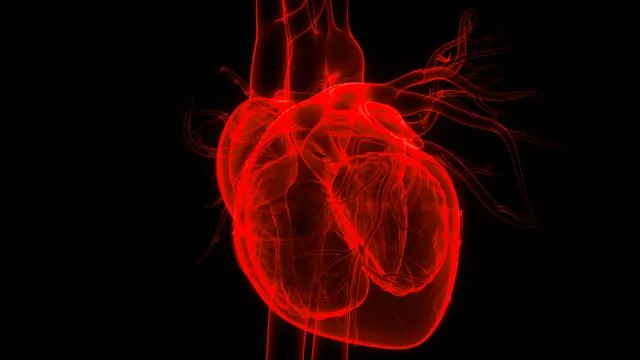
Breakthrough in Neuroscience: Vagus Nerve Neurons Isolated and Recorded for the First Time!
2024-10-03
Author: Jia
Breakthrough in Neuroscience: Vagus Nerve Neurons Isolated and Recorded for the First Time!
In a remarkable achievement, Professor Vaughan Macefield and his team at Monash University have successfully recorded signals from the human vagus nerve in vivo, a feat that had only been accomplished in laboratory animals prior to 2020. This groundbreaking research, published in The Journal of Physiology, is expected to pave the way for groundbreaking discoveries in understanding the physiology of the vagus nerve and its implications for human health and disease.
The vagus nerve, renowned as the "wandering nerve," forms critical connections between the brain and various organs, influencing more than just the classic "rest and digest" functions. Over the past four years, a wave of research has revealed its significant roles in exercise, gut microbiome balance, immune response, and even cognitive functions like goal-directed behavior.
Continuing on this innovative path, Macefield and his colleagues have recently achieved another milestone: the isolation and recording of individual neurons within the vagus nerve. Dr. David Farmer, the first author and a research fellow in the Department of Neuroscience, explained that they successfully isolated activity from specific vagal neurons — those that inform the brain about cardiovascular functions and those that control heart rate.
The vagus nerve is the tenth cranial nerve and is integral to human health. In their study, Macefield's team recorded from the cervical vagus nerve of 15 healthy participants, aged 19-59 years, utilizing tungsten microelectrodes under ultrasound guidance. This portion of the vagus nerve is crucial as it innervates the heart, lungs, and abdominal organs.
To capture neural activity, participants engaged in slow deep breathing exercises, which were designed to identify recording sites where neural activity showed modulation in response to respiratory changes. This approach maximized the likelihood of observing cardioinhibitory neurons, defined as those that inhibit heart activity when triggered.
The researchers successfully isolated the activity of 44 cardiac rhythmic neurons—22 from myelinated axons and 22 from unmyelinated axons—by examining the firing patterns of these units relative to the cardiac and respiratory cycles. This meticulous process allows scientists to better understand how these neurons function, including identifying those that regulate heart activity.
Excitingly, while this study initially focused on healthy subjects, Macefield’s team aims to replicate their methodology with patients suffering from cardiovascular disease. Preliminary findings suggest that the activity of vagal neurons, which typically slow heart rates, appears diminished in those with cardiovascular issues, which in turn alters cardiovascular reflexes.
As Dr. Farmer put it, "The ability to isolate the activity of these neurons from vagal recordings in human participants may enable us to unravel these complex interactions, which is pretty cool." This research not only opens up new horizons in the field of neuroscience but also holds the potential to transform our understanding of heart health and disease management in the future.
This latest study adds to the already impressive body of work surrounding the vagus nerve, but the real question remains: How will these discoveries change our approach to treating conditions related to heart health? Stay tuned for more updates on this evolving field!

 Brasil (PT)
Brasil (PT)
 Canada (EN)
Canada (EN)
 Chile (ES)
Chile (ES)
 España (ES)
España (ES)
 France (FR)
France (FR)
 Hong Kong (EN)
Hong Kong (EN)
 Italia (IT)
Italia (IT)
 日本 (JA)
日本 (JA)
 Magyarország (HU)
Magyarország (HU)
 Norge (NO)
Norge (NO)
 Polska (PL)
Polska (PL)
 Schweiz (DE)
Schweiz (DE)
 Singapore (EN)
Singapore (EN)
 Sverige (SV)
Sverige (SV)
 Suomi (FI)
Suomi (FI)
 Türkiye (TR)
Türkiye (TR)